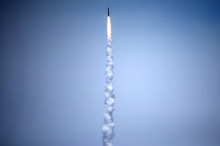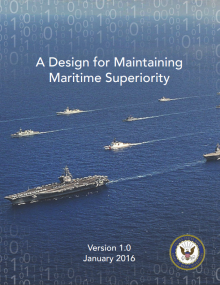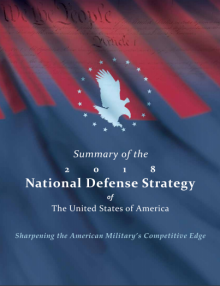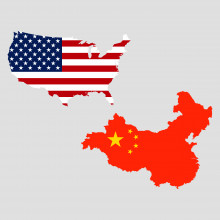Military Innovation

Among the buzzwords circulating in the U.S. military, Innovation is likely the most common one we all have encountered over the last decade.
Countless commands have set up “innovation cells” on their staffs and have sought ways to become more innovative, often seeking best practices from industry, especially Silicon Valley.
The Department of Defense has created a Defense Innovation Board comprised of outside experts who are charged to find ways to make DoD more “innovative.”
And just a few years ago, former Secretary of Defense Ashton Carter created Defense Innovation Unit Experimental – DIU(X) – (now DIU) at the old Moffett Field near the heart of Silicon Valley.
All of this is good as far as it goes – but the danger is clear – by establishing innovation cells on major staffs, by having outside experts tell the DoD how to be more innovative, and by establishing a large organization to be the DoD’s innovation “place” we may be sending the wrong signal to the rest of the military and civilian professionals: Don’t worry about being innovative, we’ve assigned that task to someone else.
Former Pacific Fleet Commander, Admiral Scott Swift was unique among senior commanders in that he purposefully and deliberately did not establish an innovation cell on the PACFLEET staff. As he shared in his remarks at the 2018 Pacific Command Science and Technology Conference, “I want every one of my sailors to be an innovator.”
As the old saw goes, the guy (or gal) who invented the wheel was in inventor, the person who took four wheels and put them on a wagon was an innovator.
We are taken by innovations and innovators, they help define our future and then make it possible.
From Archimedes to Zeppelin, the accomplishments of great visionaries over the centuries have filled history books. More currently, from Jeff Bezos of Amazon to Mark Zuckerberg of Facebook and Elon Musk of SpaceX and Tesla Motors, they are the objects of endless media fascination — and increasingly intense public scrutiny.
Although centuries stretch between them, experts who have studied the nature of innovators across all areas of expertise largely agree that they have important attributes in common, from innovative thinking to an ability to build trust among those who follow them to utter confidence and a stubborn devotion to their dream.
Now facing two peer competitors – China and Russia – who want to create a new world order that puts them at the forefront, the U.S. military needs every solider, sailor, airman and marine to be an innovator.










